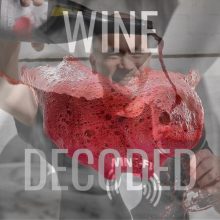
Product information
Roda ‘I’ Blue Note Tempranillo Riserva Imperial 6L 2015
$1,950
Description
Tasted in April 2024 in a mini-vertical of Roda 1, this is indeed a special vintage of ‘The Blue Note’. Jazz aficionados with know of the music label and the legendary jazz club started in New York and now seeded across the globe. I’m certain the likes of Dizzy Gillespie, Sarah Vaughan, Carmen McRae, Lionel Hampton, Oscar Peterson and the Modern Jazz Quartet who headlined the clubs shows in the early days would be well pleased to have their music aligned to this fine beverage!
In this case, the energy of innovation in experienced hands that have the wisdom of more than just a few trips around the sun play true for both wine and tunes gracing us with pleasure for all of our senses.
The 2015 Roda I feels very complete, from a year of full ripeness when the grapes achieved more nuance and flavor and the tannins seem to have ripened nicely. It’s a powerful year with clout, quite classical (but with the touch of French oak), already starting to develop some tertiary aromas and more nuance. There’s something balsamic in there, even minty, I’d say. In 2015, it only had 3% Graciano to complement the Tempranillo from old vines that fermented with indigenous yeasts. The élevage lasted 16 months and was in 50/50 new/second use barriques. But the wine was kept in bottle for 48 months before it was released, which I think is important. It was bottled in July 2017. Tasted Oct 2020.
Luis Guitiérrez, The Wine Advocate 94 Points
Available on back-order
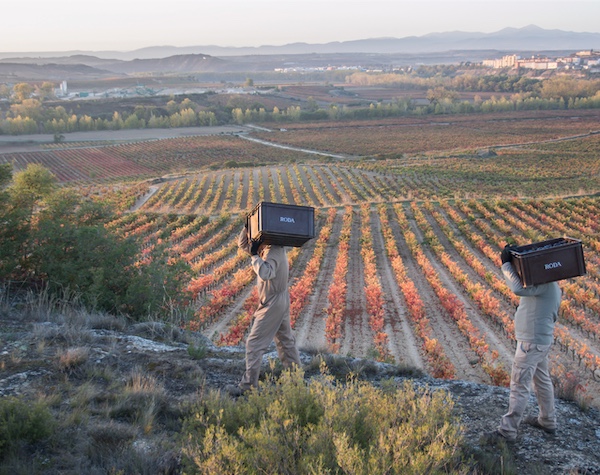
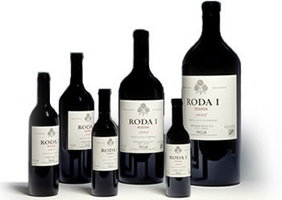






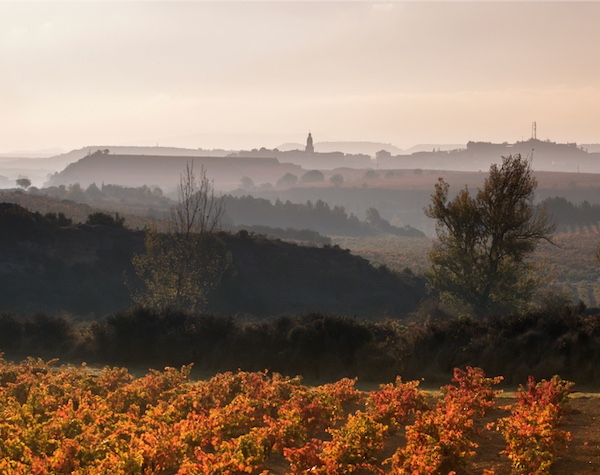
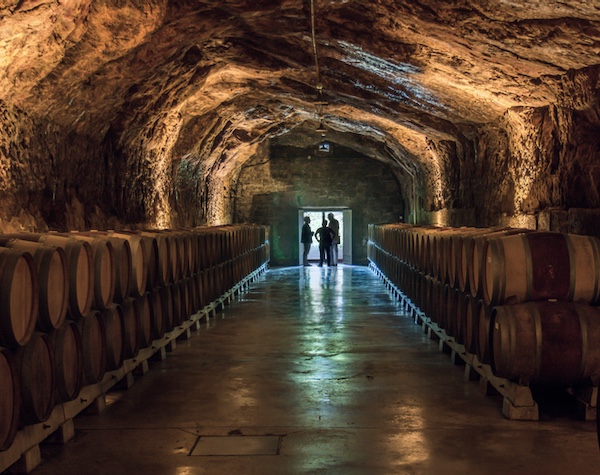
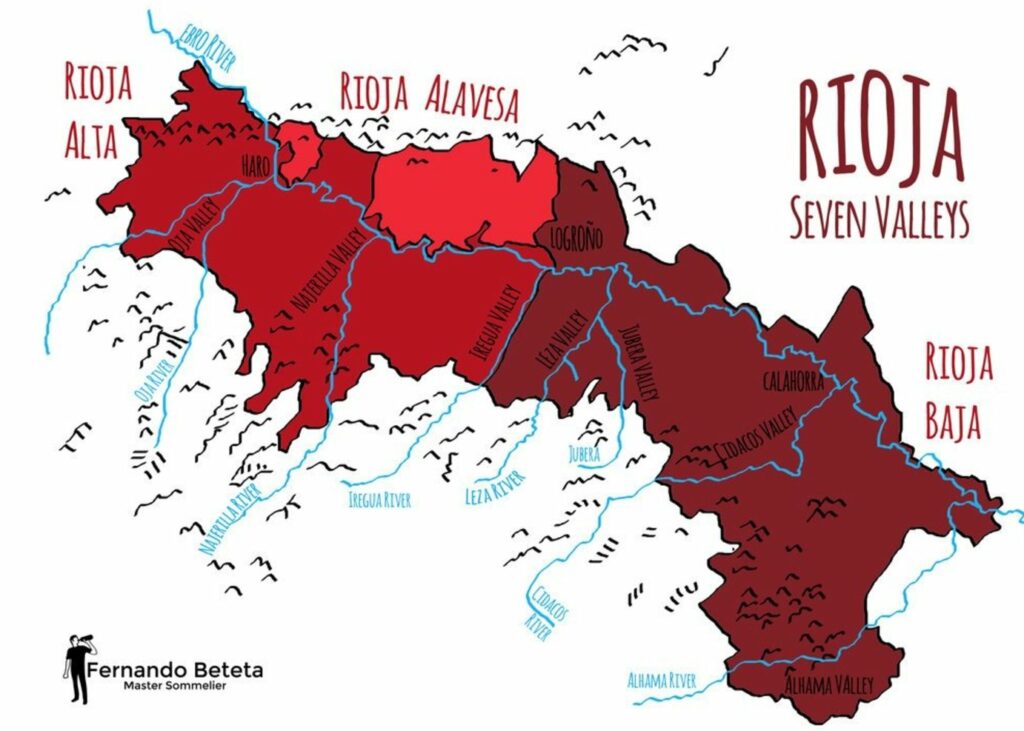
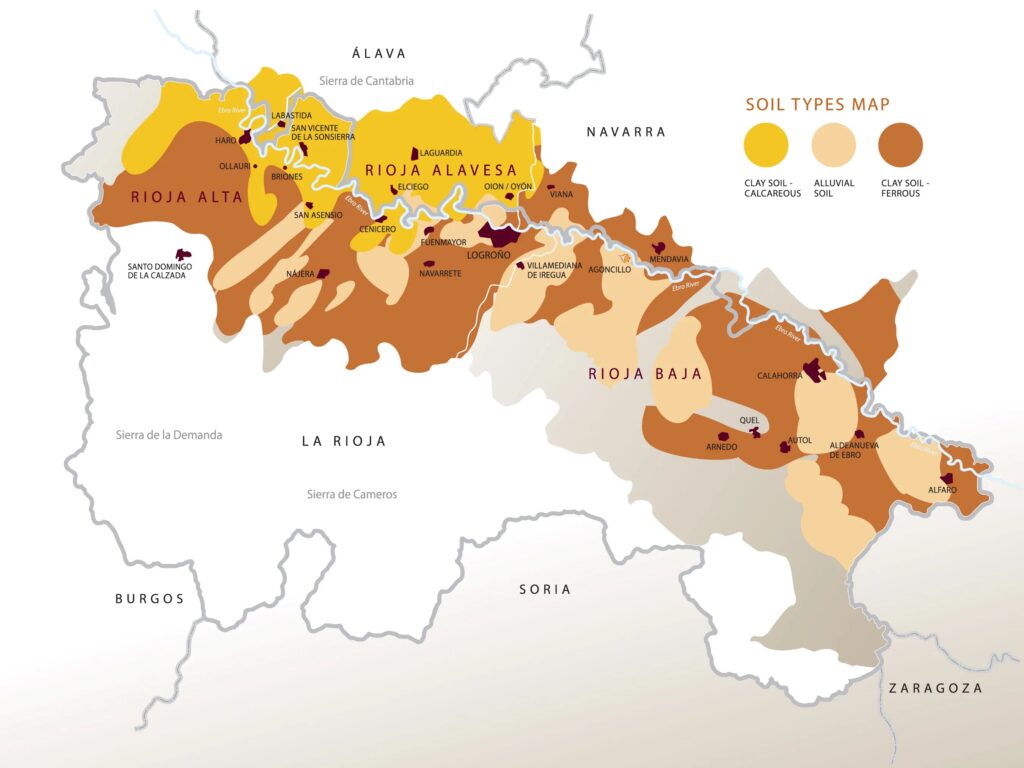
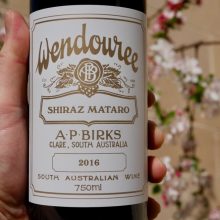
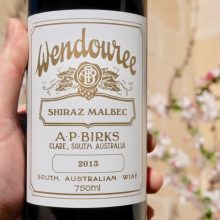
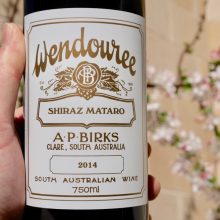
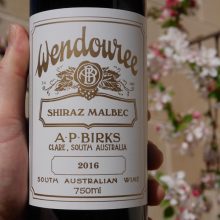
You must be logged in to post a comment.